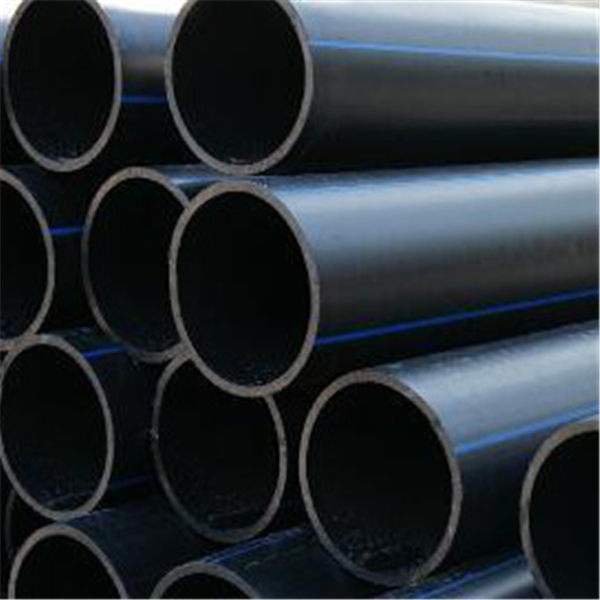Th11 . 08, 2024 09:27 Back to list
Understanding Industrial Pipe Fittings for Efficient Plumbing and Construction Applications
Understanding Industrial Pipe Fittings An Essential Component in Fluid Systems
Industrial pipe fittings play a crucial role in various sectors, including construction, manufacturing, and plumbing. These fittings are essential for connecting, redirecting, or terminating pipes, ensuring that fluid flow is efficient and controlled. With a range of types and materials available, understanding industrial pipe fittings is vital for anyone involved in construction or maintenance of piping systems.
Types of Pipe Fittings
Industrial pipe fittings come in various shapes and sizes, each designed for specific applications. The most common types include
1. Elbows These are used to change the direction of flow in a piping system, typically at angles of 90, 45, or 22.5 degrees. Elbows are crucial in complex piping layouts, allowing for efficient fluid flow without significant pressure drops.
2. Tees Tees are used to connect three pipes, forming a T-shaped junction. This fitting allows for a branch line to be created from the main line, which is essential for distributing fluids to different areas within a system.
3. Couplings and Unions These fittings are used to connect two pipes together. Couplings provide a permanent connection, while unions allow for easy disassembly, making them ideal for maintenance purposes.
4. Reducers These fittings are used to connect pipes of different diameters. They help ensure compatibility between varying pipe sizes and help manage flow rates without causing turbulence.
5. Caps and Plugs Caps are used to seal the end of a pipe, which is vital for maintaining system pressure and preventing contamination. Plugs serve a similar purpose but are generally threaded to fit inside the pipe.
6. Flanges Flanges create a strong joint between two pipe sections, allowing for easy access and maintenance. They are commonly used in high-pressure systems.
industrial pipe fittings

Materials Used in Industrial Pipe Fittings
The selection of materials for pipe fittings is critical, as it determines the fitting’s durability, resistance to corrosion, and ability to withstand pressure. Common materials include
1. Steel Often used for its strength and durability, steel fittings can withstand high pressures and temperatures, making them suitable for heavy-duty applications.
2. PVC and CPVC Plastic fittings are lightweight, resistant to corrosion, and easy to install, making them popular in plumbing. PVC is suitable for cold fluids, while CPVC can handle hot fluids.
3. Stainless Steel Known for its resistance to corrosion and aesthetic appeal, stainless steel fittings are commonly used in food processing, pharmaceuticals, and other sanitary applications.
4. Brass Brass fittings offer good corrosion resistance and are often found in plumbing systems due to their durability and malleability.
Importance of Proper Installation
Proper installation of pipe fittings is crucial for the integrity of the fluid system. Incorrectly installed fittings can lead to leaks, pressure loss, and ultimately system failure. Therefore, it is vital for professionals to follow industry standards and manufacturer guidelines during installation. Regular maintenance checks can also help identify and address potential issues before they escalate.
Conclusion
In summary, industrial pipe fittings are essential components that facilitate the efficient flow of fluids in various applications. Understanding the types and materials of fittings available, along with the importance of proper installation and maintenance, is essential for professionals working in this field. As industries continue to evolve, so too will the designs and innovations in pipe fittings, ensuring that they meet the growing demands of modern fluid systems. Whether in a manufacturing plant, construction site, or plumbing application, industrial pipe fittings remain integral to the functionality and reliability of piping networks.
-
Durable PP Rigid Sheet: Lightweight, Chemical Resistant Solutions
NewsAug.21,2025
-
PVC Grey Sheet for Extraction: Chemical Resistant & Durable
NewsAug.19,2025
-
Durable PVC Pipe Fittings for Plumbing & Irrigation Needs
NewsAug.18,2025
-
HDPE Steel Belt Reinforced Spiral Corrugated Pipe | High Strength
NewsAug.17,2025
-
HDPE Pipe Fittings: Durable, Leak-Proof Solutions
NewsAug.16,2025
-
Premium CPVC Sheet: High-Temp & Chemical Resistant Solutions
NewsAug.15,2025

